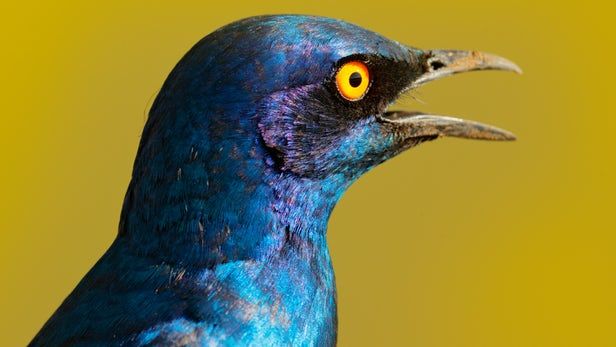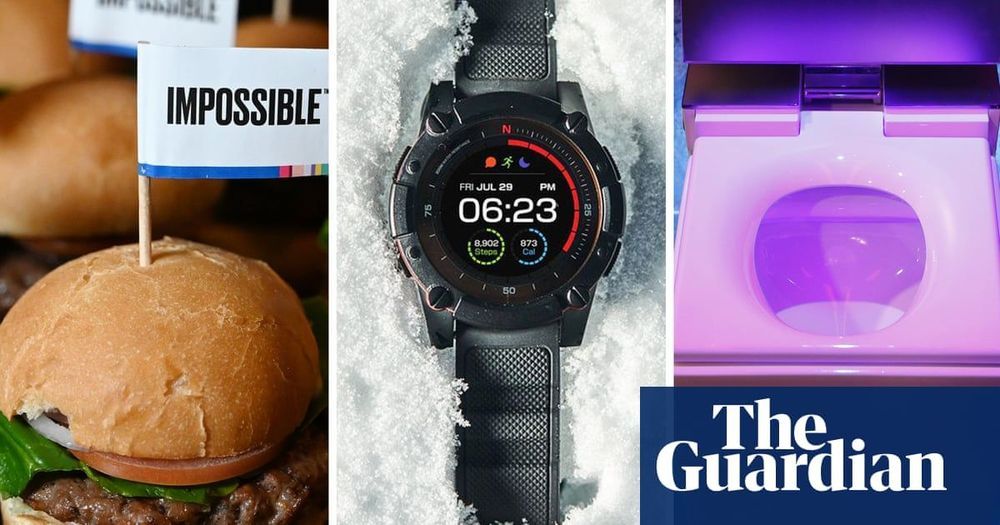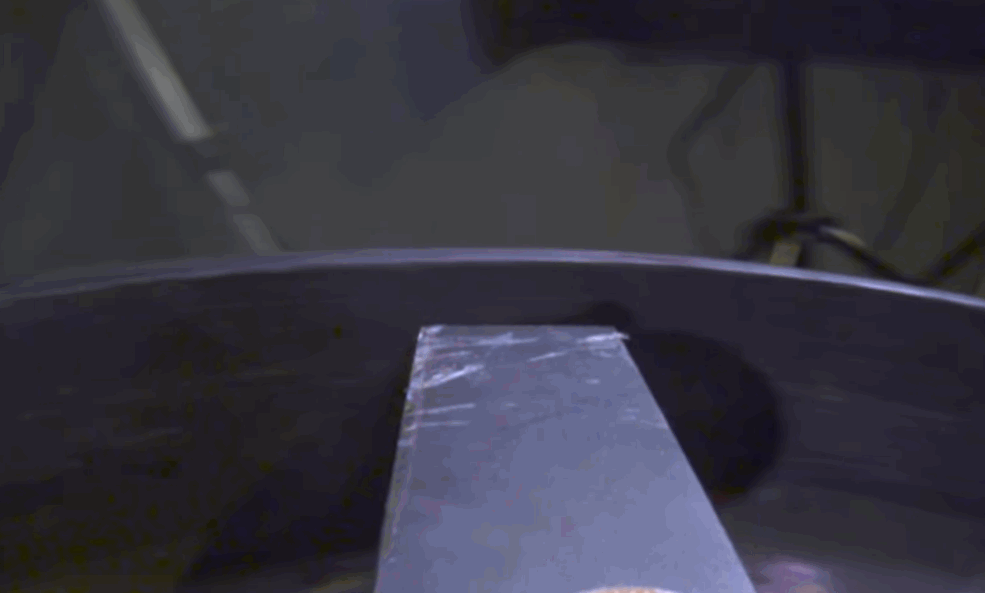Have you ever wondered what the world looks like to birds? Well, Swedish scientists have created a camera that will show you. Amongst other things, it has revealed that birds see tree foliage as much more than just a uniform “wall of green.”



Ultrasound technology has been in wide use for decades, helping submarines navigate and letting doctors non-invasively peer inside patients, but it might be about to get a whole lot more powerful. Researchers have developed an “ultra” ultrasound sensor that is so sensitive it can hear air molecules moving around or the vibrations of individual cells.


The Consumer Electronics Show in Las Vegas revealed what the tech world has in store for us this year. From the spectacular to the controversial – as well as some total tosh – here are 10 of the most memorable products unveiled at CES 2019 last week.
Also unveiled in Las Vegas: the world’s first rollable TV and Alexa for your toilet.


A new device developed by Stanford University researchers could make it easier for doctors to monitor the success of blood vessel surgery. The sensor, detailed in a paper published Jan. 8 in Nature Biomedical Engineering, monitors the flow of blood through an artery. It is biodegradable, battery-free and wireless, so it is compact and doesn’t need to be removed and it can warn a patient’s doctor if there is a blockage.
“Measurement of blood flow is critical in many medical specialties, so a wireless biodegradable sensor could impact multiple fields including vascular, transplant, reconstructive and cardiac surgery,” said Paige Fox, assistant professor of surgery and co-senior author of the paper. “As we attempt to care for patients throughout the Bay Area, Central Valley, California and beyond, this is a technology that will allow us to extend our care without requiring face-to-face visits or tests.”
Monitoring the success of surgery on blood vessels is challenging as the first sign of trouble often comes too late. By that time, the patient often needs additional surgery that carries risks similar to the original procedure. This new sensor could let doctors keep tabs on a healing vessel from afar, creating opportunities for earlier interventions.


People (including myself) love slow-motion videos and we also tend to love watching things being destroyed. Lawnmowers are really, really good at destroying things, but capturing its destructive power with a high-speed lens isn’t the easiest thing in the world… unless you flip it upside down and strap the camera right to the blade.
Now, I wouldn’t want to be the one to tackle such a project, but the good news is that a YouTuber by the name of Tesla500 has already done all the hard work. The over 20-minute-long video shows the building of the rig itself as well as lots and lots of random household objects meeting their end in super slow motion.

